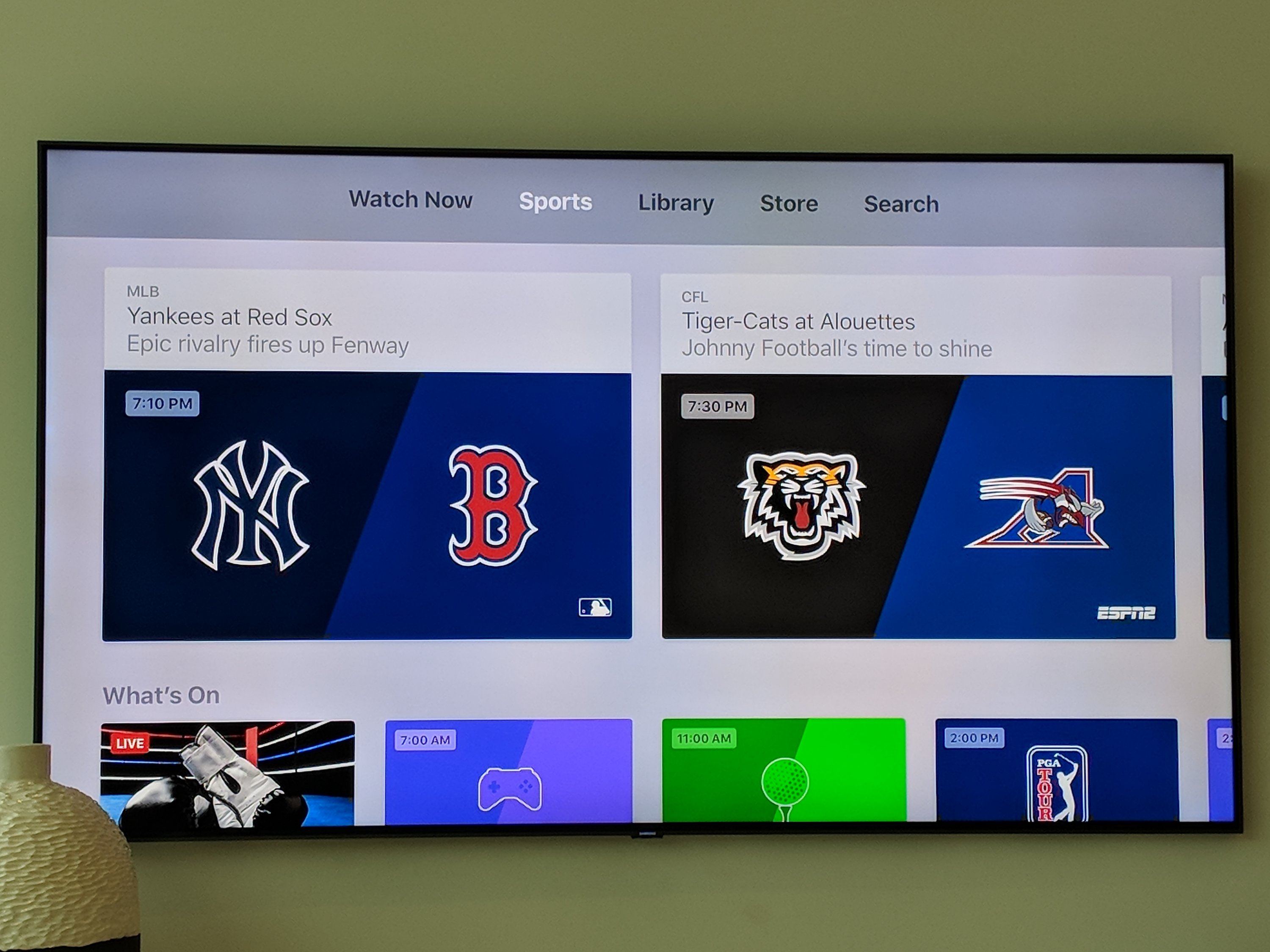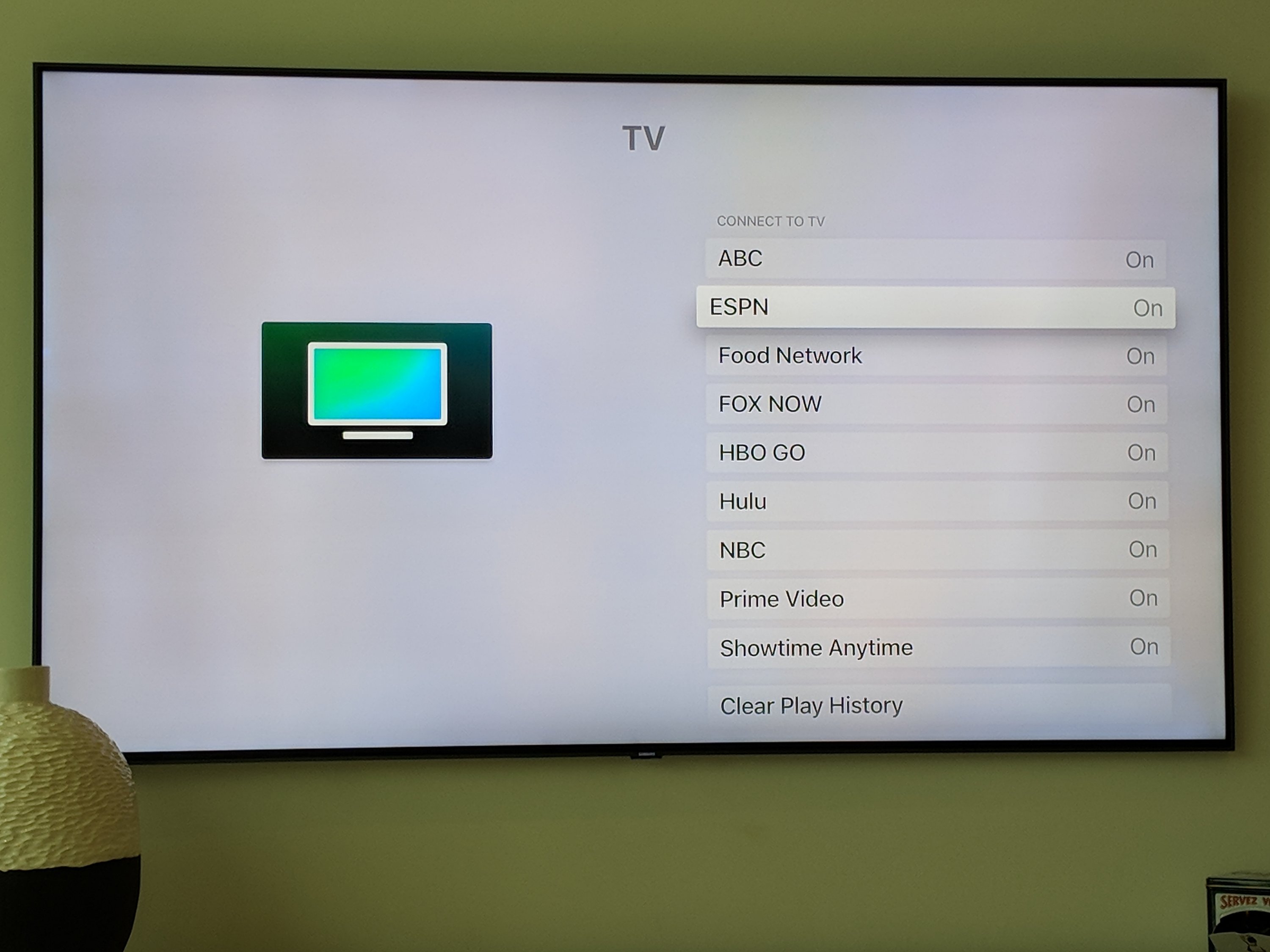I like to think of the investing discipline as composed of three key modes of operation.
Buying – Figuring out what you should buy and what you should not buy. There are many strategies that work here but my favorite is buying things that others are not buying. And my preferred reason for “others not buying” is that they don’t know about it yet.
Managing – This is the work an investor does to manage the investment. It includes decisions around whether to buy more of an investment that is working, which is incredibly important and can massively impact returns. But I believe that the most powerful thing an investor can do to impact their investment is to work with the management of the investment to make sure that the team is making the right strategic and operational decisions.
Selling – This is all about when to exit an investment and how. It is the hardest part of the investing discipline in my view.
The conventional wisdom on selling is that an investor should set a target price when they buy and once an investment reaches that target price they should sell.
That approach doesn’t work very well in venture capital because as a minority investors in an illquid investment, we don’t control the sell decision.
That doesn’t mean I/we don’t have targets when we make our investments. But it does mean that we don’t usually have the ability to do sell when those targets are hit.
And, as a result of this dynamic in venture capital, I have learned a different lesson over the years about selling and that is to let your winners run and sell everything else.
As I mentioned previously, as minority investors in illiquid investments we don’t control the sell decisions. They are made by the Board and driven strongly by the founders and management.
But that said, when we have the opportunity to sell an investment that is not one of our big winners, I have found that it is generally the right idea to do that.
When you make an investment that is really working out, I have found that it is generally a good idea to hold on to it even when it goes past your original sell targets for it. It can be a useful discipline to develop new sell targets when this happens based on the new information you have about this investment.
In the venture capital business, your best investments often go public and the venture capital fund distributes the stock to the underlying investors (called LPs) in the venture fund. Those investors then have to make the sell decisions on those investments.
As a general partner in these venture capital funds, I receive these distributions too.
And, as a result of some really poor decisions earier in my career around selling or not selling public stocks that were distributed to me, I have developed an approach for selling stock that is distributed to me.
I like to sell one third of the position immediately, put one third away for a long term hold, and actively manage the other third.
This method insures that if the whole thing blows up, at least we got something out. If it goes up 10x or more, at least we didn’t miss out on all of that. And it is simple and easy to execute and we do it this way all of the time.
But even with all of these lessons I have learned and approaches I have developed over the years, I continue to struggle with selling. It is hard for me to do and I resist the urge, particularly with the big winners. It is like taking your medicine. You know it is the right thing to do but it doesn’t feel very good when you do it.


